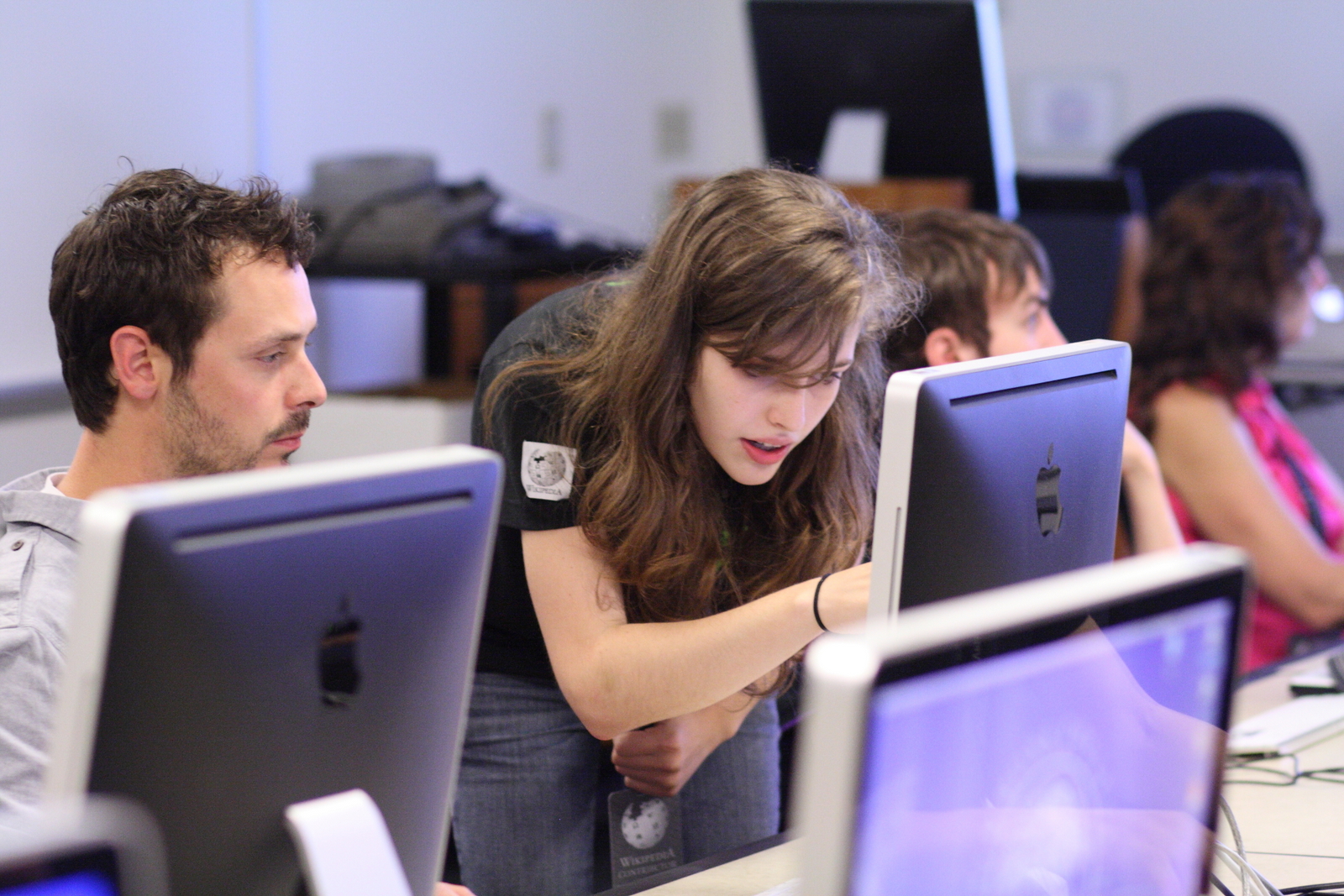 EFL teacher, teacher trainer and Principal of St. Giles International, Keith Harding has authored and co-authored several courses published by Oxford University Press. To mark the release of stunning new video material for International Express, Keith Harding and Rachel Appleby have prepared a series of four articles to be used alongside units within the course. Today, Keith shares some ideas and video resources for Elementary Unit 6 – Santiago, Chile, focusing on comparative and superlative adjectives.
EFL teacher, teacher trainer and Principal of St. Giles International, Keith Harding has authored and co-authored several courses published by Oxford University Press. To mark the release of stunning new video material for International Express, Keith Harding and Rachel Appleby have prepared a series of four articles to be used alongside units within the course. Today, Keith shares some ideas and video resources for Elementary Unit 6 – Santiago, Chile, focusing on comparative and superlative adjectives.
The introduction of video as a learning medium in the classroom needn’t mean passive learning, or a risk of students ‘switching off’ from being engaged. The key to maximising learning potential, as with any listening or reading text, is to prepare and predict.
Before watching:
Here are some ideas for preparatory work, before watching the video:
- Countries and cities
- Show the picture of Santiago from the video as a still image.
- Where is it? Which continent? Which country?
- Ask students in pairs to write down as many South American countries and cities as possible. This can be done as a team race – for example, the first team to name five countries and five cities.
- Show an outline map of South America (from the Internet, or an atlas or wall map of the world if you’ve got one). Locate the cities and countries.
- Comparatives and superlatives
Use the list of cities/countries (and the map) to make comparative and superlative sentences.
- Which is the largest/smallest country?
- Which is the most beautiful/the highest city?
Examples could be: Brazil is larger than Chile; Argentina is further south than Chile. Use Chile as much as possible, as the video is about Santiago and Chile.
- Practise the language
What do you know about or think you know about Santiago? Consider:
- Location
- Scenery
- Buildings
- Things to do
- Tourist attractions
To prompt show four stills from the video, such as:
- Map of South America (1:40)
- City buildings (2:16)
- Church (2:50)
- Scenery and city (3:11)
While watching:
To maximise the learning opportunities, set tasks for students to focus on throughout watching. Remember: tasks can be graded to the level of the learners, even if the content is not. This will involve you having to press pause, rewind, and also the sound-off or mute button, in some cases.
- Silent play
Play the whole video (or just a section) with the sound down. Have your students write down what they see, particularly the objects and places, and then compare with a partner.
If you wanted to make this more interactive, get the students to stand back-to-back with a partner – one will look at the screen, whilst the other looks away. The student facing the screen describes to their partner what they can see, and the student facing away writes down the words. They swap roles halfway through. Then rewind the video or section and have them watch it back together, to see how much they identified or what they might have missed.
- Stand up!
Give each student a letter – A, B, C, and D. They must stand up every time they hear a word from one of the following categories:
A: a word for a building
B: a word for scenery
C: a comparative
D: a superlative
After watching the video:
Follow-up tasks and activities will help to reinforce the language and will also provide the opportunity for more communicative and interactive language practice.
- Vocabulary work on other world places:
- Country (e.g. UK)
- Capital (e.g. London)
- Language (e.g. English)
- People (e.g. British)
- Speaking activities
Why not try out these activities, taken from the video worksheet that comes with the International Express Teacher’s Resource Book DVD. All the worksheets are also available for free here. You just need your Oxford Teacher’s Club log-in details to view them.
- Make a film
Ask students to make their own film about one of the cities they have researched on the Internet, or of their own city/country. It might not be possible to actually make the film (although this could always be filmed on a mobile phone, for ease), but the students can plan the film (frame by frame) and write the script (using the Santiago script as a model).
I hope you enjoy trying out some of these activities in class! In the next article in this series, Rachel Appleby will be exploring the Selexyz bookstore video from the Pre-Intermediate level. Look out for it next week.


Excellent.
Thank you for sharing.
Reblogged this on Halina's Blog and commented:
Excellent. For my students.
Reblogged this on Alastair Lane ELT and commented:
As Keith’s co-author on International Express, I thought I’d reblog his post on using video.
Reblogged this on Bluesassociazione.